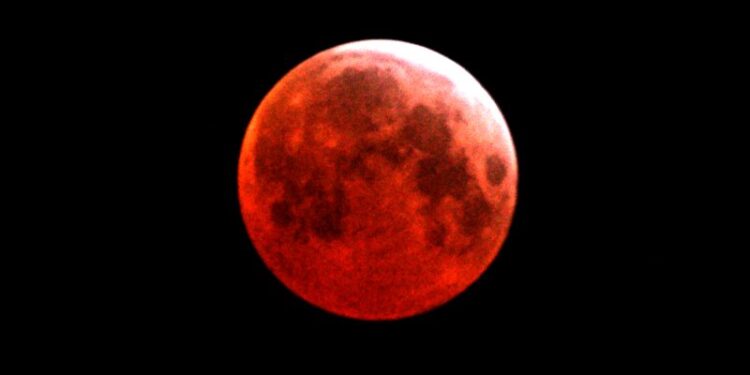
People gazing up at the night sky in a few weeks will have the opportunity to see the moon change color during a special celestial event.
The total lunar eclipse will appear for one night, starting late on March 13, according to NASA. This will be the only total lunar eclipse that will be visible from the U.S. this year.
“Lunar eclipses are nice, because people can stay home, step outside from time to time to see the changes, and stay comfortable,” NASA/JPL Solar System Ambassador Brenda Culbertson told Nexstar’s KSNT. “Earth’s shadow is much larger than the lunar shadow that hits Earth in a thin line.”
The eclipse action will begin at around 11 p.m. on March 13, Culbertson said, and run through about 5 a.m. on March 14. It will reach totality — when the moon has completely changed its color — at around 1:30 a.m. on March 14.
The moon will pass into Earth’s shadow during the eclipse, causing it to adopt a temporary dark orange or reddish color, according to NASA. Since this will be a total lunar eclipse, the entirety of the moon will pass into Earth’s shadow, called the umbra, before emerging from it and returning to its normal look. The red coloration has led some to dub total lunar eclipses as a Blood Moon, the Farmer’s Almanac explains.
“When [the] moon reaches the umbra, people notice it becoming darker and usually changes to a deep red, however, that is not always the case,” Culbertson said. “The deep red color is why people call most Total Lunar Eclipses Blood Moons.”
You won’t need any special equipment to see the event, Culbertson added. As long as you have a clear view of the moon (and are still awake), you need only step outside your home. If you don’t want to stay up late, you could instead aim to wake up early to see the eclipse.







